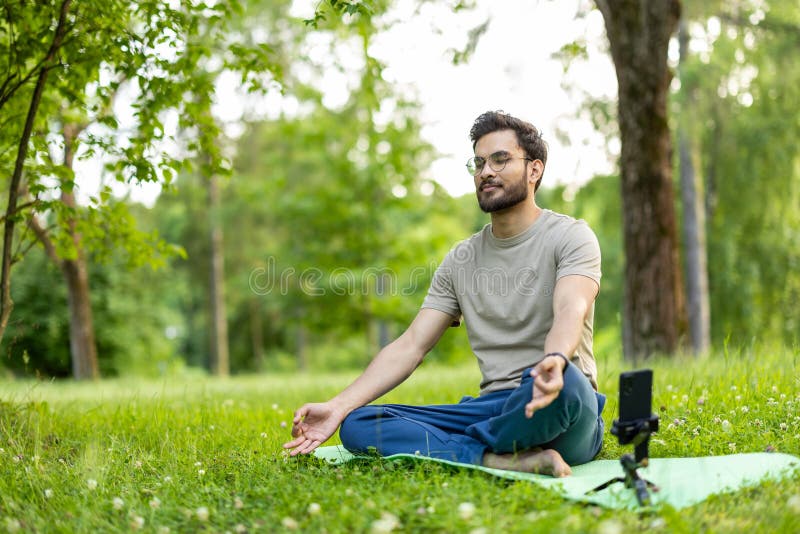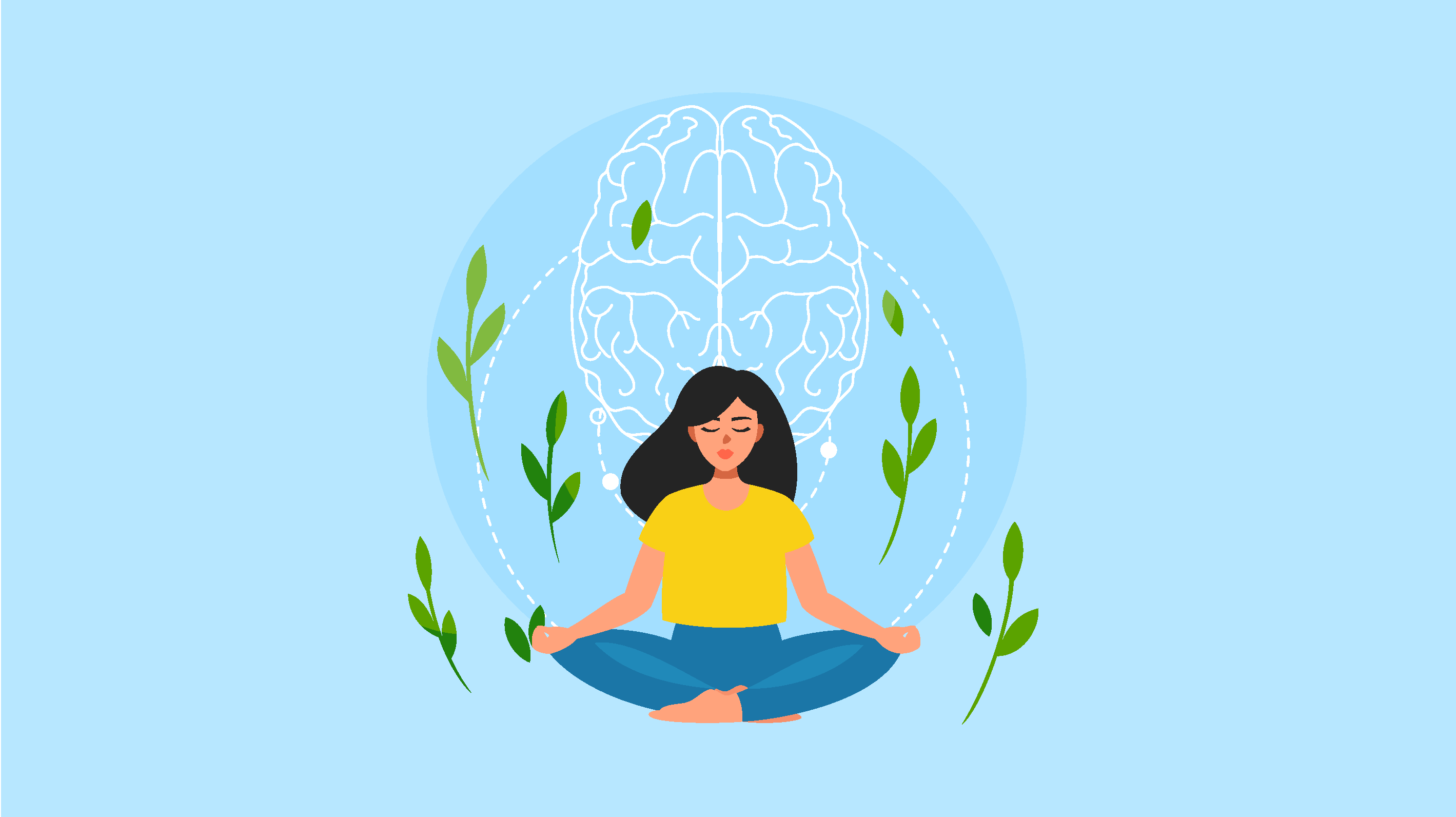Mindfulness Meditation for Beginners: A Step-by-Step Guide to Inner Peace
Published on April 25, 2025 by 5KN Health Team
Introduction
Feeling overwhelmed by the chaos of daily life? Mindfulness meditation offers a simple, accessible way to find calm, clarity, and inner peace. Designed for beginners, this practice helps you focus on the present moment, quiet your mind, and build resilience against stress. Backed by science and rooted in ancient traditions, mindfulness is a powerful tool for mental and physical health. In this comprehensive guide, we’ll walk you through the basics of mindfulness meditation, provide step-by-step techniques, and share tips to make it a lifelong habit.

What Is Mindfulness Meditation?
Mindfulness meditation involves paying attention to the present moment with openness and without judgment. Unlike other meditation forms that may focus on mantras or visualization, mindfulness emphasizes awareness of your breath, body, and thoughts. Originating from Buddhist practices, it’s now widely used in secular settings, from therapy to corporate wellness programs, to promote mental clarity and emotional balance.
The Science Behind Mindfulness
Research highlights mindfulness meditation’s benefits for beginners. A 2018 study in Psychoneuroendocrinology found that just 8 weeks of mindfulness practice reduced cortisol levels, the stress hormone, by 15%. Neuroimaging studies, like one from Harvard Medical School, show that meditation increases gray matter in the prefrontal cortex, improving focus and decision-making, while shrinking the amygdala, the brain’s fear center.
Benefits of Mindfulness Meditation for Beginners
Even short daily sessions can transform your well-being. Here’s how mindfulness helps newcomers:
- Reduces Stress: Lowers cortisol, promoting relaxation (see our stress reduction guide).
- Improves Focus: Enhances attention span and cognitive clarity.
- Boosts Emotional Health: Reduces symptoms of anxiety and depression.
- Enhances Sleep: Calms the mind for better rest.
- Supports Physical Health: Lowers blood pressure and supports immune function.
Getting Started: A Step-by-Step Guide
Mindfulness meditation is beginner-friendly and requires no special tools. Follow these steps to start your practice.
Step 1: Choose a Quiet Space
Find a calm, distraction-free spot, like a corner of your home or a park bench. Silence your phone and let others know you need a few minutes of uninterrupted time.
Step 2: Set a Short Time Limit
Begin with 5 minutes daily. As you gain confidence, extend to 10–15 minutes. Use a timer or app to avoid clock-watching, which can disrupt focus.
Step 3: Get Comfortable
Sit on a chair, cushion, or floor with your back straight to stay alert. You can also lie down if sitting is uncomfortable, but avoid dozing off. Rest your hands on your knees or lap.
Step 4: Focus on Your Breath
Close your eyes or soften your gaze. Notice your breath—the air moving through your nostrils, the rise and fall of your chest. Don’t force it; just observe its natural rhythm.
Step 5: Notice Thoughts Without Judgment
Your mind will wander—it’s normal. When it does, acknowledge the thought (e.g., “I’m thinking about work”) and gently return to your breath. Avoid criticizing yourself; mindfulness is about acceptance.
Step 6: End with Gratitude
When your timer goes off, take a moment to appreciate your effort. Open your eyes slowly and carry the calm into your day.
Watch This Beginner’s Guided Meditation
Simple Mindfulness Techniques for Beginners
These techniques are perfect for those new to meditation, offering variety to keep your practice engaging.
1. Breath Awareness
Focus solely on your breath, counting each inhale and exhale up to 10, then start over. This anchors your mind and builds concentration.
2. Body Scan
Mentally scan your body from head to toe, noticing sensations like warmth, tension, or tingling. This promotes relaxation and body awareness.
3. Five Senses Exercise
Pause and observe: 5 things you see, 4 you can touch, 3 you hear, 2 you smell, and 1 you taste. This grounds you in the present moment.
4. Mindful Listening
Listen to ambient sounds (e.g., birds, traffic) without labeling them. This sharpens auditory focus and reduces mental chatter.
5. Gratitude Meditation
Reflect on 3 things you’re grateful for, visualizing each vividly. This fosters positivity and emotional resilience.

Tips for Building a Meditation Habit
Consistency is key to mastering mindfulness. Try these strategies:
- Start Small: Even 5 minutes daily builds a foundation.
- Choose a Regular Time: Morning or evening works best for most beginners.
- Use Apps: Try Headspace or Insight Timer for guided sessions.
- Create a Ritual: Light a candle or sip water beforehand (see our hydration guide).
- Track Progress: Journal your sessions to note improvements in mood or focus.
Overcoming Common Beginner Challenges
New meditators often face hurdles. Here’s how to navigate them:
- Wandering Mind: It’s normal; gently refocus on your breath without frustration.
- Restlessness: Try shorter sessions or mindful walking (see our walking guide).
- Lack of Time: Fit in 5 minutes during lunch or before bed.
- Feeling Sleepy: Meditate sitting up or in the morning.
- Self-Doubt: Progress takes time; celebrate small wins.
Sample Weekly Meditation Plan
This plan helps beginners ease into mindfulness:
| Day | Activity | Duration |
|---|---|---|
| Monday | Breath Awareness | 5 minutes |
| Tuesday | Body Scan | 5 minutes |
| Wednesday | Five Senses Exercise | 5 minutes |
| Thursday | Mindful Listening | 5 minutes |
| Friday | Gratitude Meditation | 5 minutes |
| Saturday | Guided Meditation (via app) | 10 minutes |
| Sunday | Free Choice (pick favorite) | 10 minutes |
Complementary Health Habits
Mindfulness pairs well with other practices:
- Nutrition: Eat immune-boosting foods to support mental health (see our superfoods guide).
- Hydration: Stay hydrated to enhance focus during meditation (see our hydration guide).
- Exercise: Walking boosts mood and complements mindfulness (see our walking guide).
- Sleep: Meditate before bed to improve sleep quality.

Special Considerations
Mindfulness is safe for most, but:
- Mental Health: Those with severe anxiety or PTSD should consult a therapist, as meditation can surface intense emotions.
- Physical Limitations: Adapt positions (e.g., lying down) for comfort.
- Pregnancy: Mindfulness is beneficial but consult a doctor if unsure.
Common Myths About Meditation
Let’s clear up misconceptions:
- Myth: You need to clear your mind. Mindfulness is about observing thoughts, not eliminating them.
- Myth: It’s religious. Mindfulness is secular and adaptable to any belief system.
- Myth: It takes hours. Even 5 minutes daily is effective for beginners.
Conclusion
Mindfulness meditation is a beginner-friendly practice that fosters inner peace, reduces stress, and enhances well-being. By starting with simple techniques, overcoming challenges, and building a habit, you can transform your mental and physical health. Take your first step today with a 5-minute session and explore more health tips on our site to support your wellness journey.